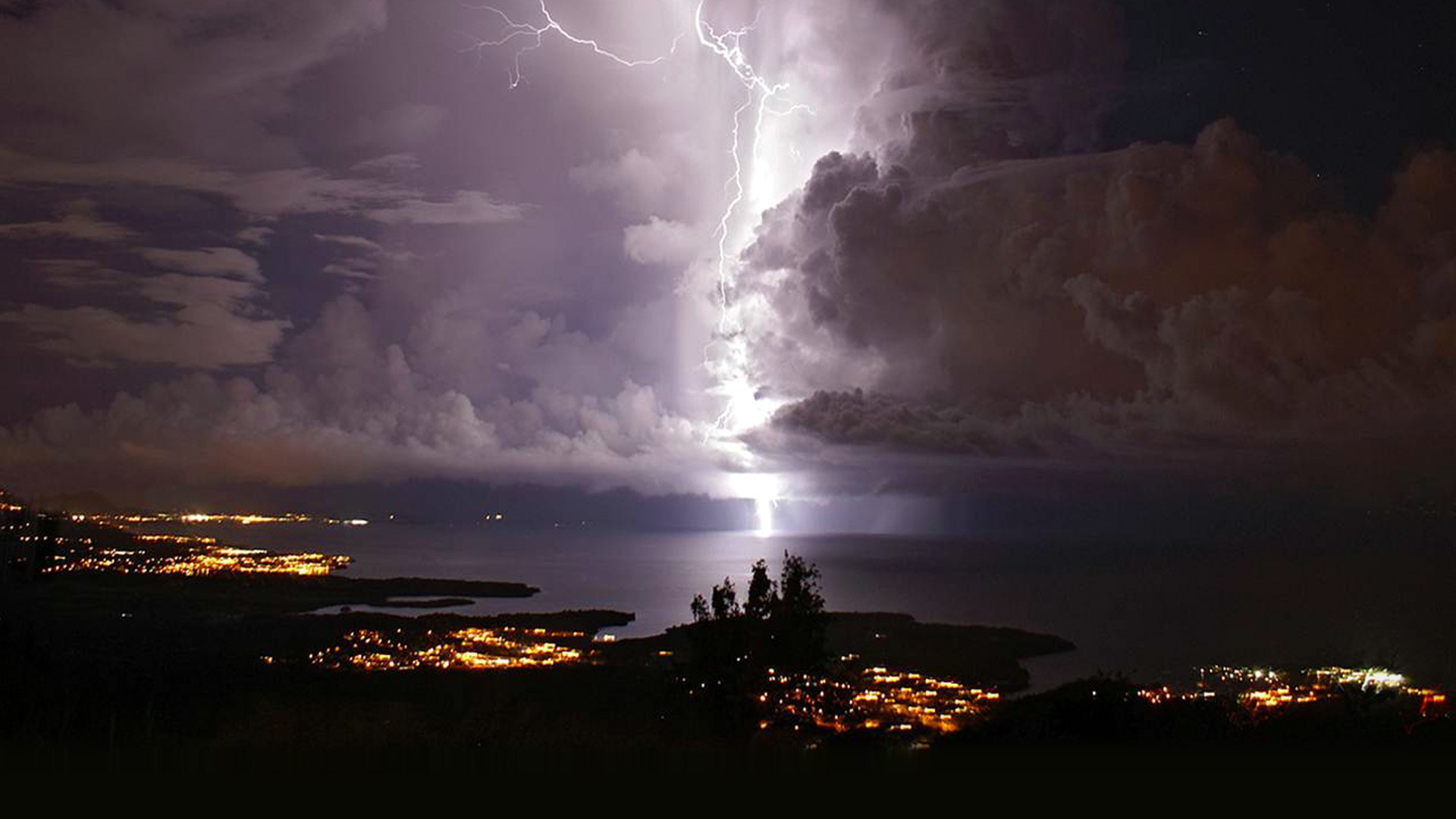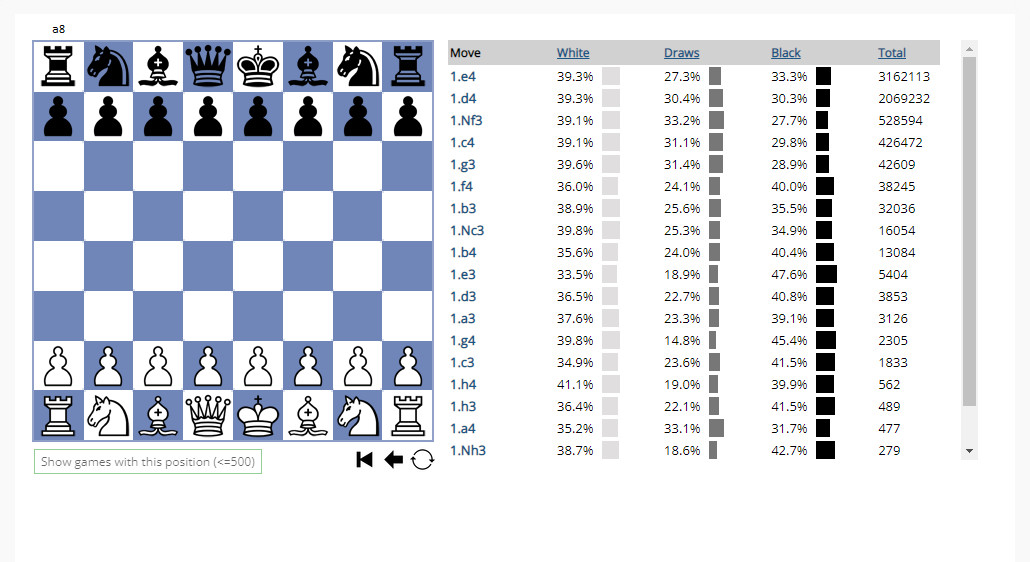Catatumbo lightning is an atmospheric phenomenon that occurs over and around Lake Maracaibo in Venezuela, typically over a bog area formed where the Catatumbo River flows into the lake. In the language of the Bari (an indigenous people who live in the Catatumbo River basin), Catatumbo means "House of Thunder".
The phenomenon is characterized by almost continuous lightning, mostly within the clouds, and occurs for 140 to 160 nights a year, nine hours per day, and with lightning flashes from 16 to 40 times per minute. The phenomenon sees the highest density of lightning in the world. In summers, the phenomenon may even occur as dry lightning without rainfall.
Italian geographer Agustin Codazzi described it in 1841 as "like a continuous lightning, and its position such that, located almost on the meridian of the mouth of the lake, it directs the navigators as a lighthouse."
This lightning phenomenon is even represented on the flag and coat of arms of the state of Zulia, (which contains Lake Maracaibo), and is mentioned in the state's anthem.




